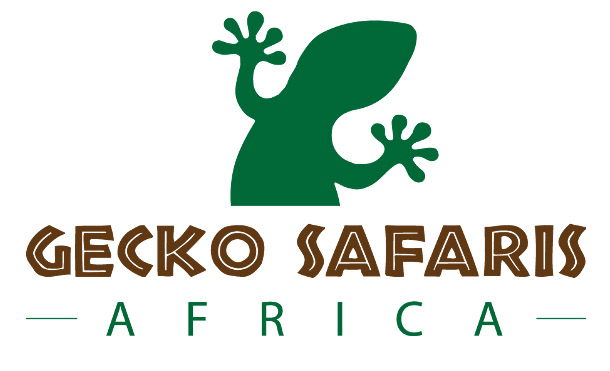Eastern Lowland Gorilla Families in Kahuzi-Biega National Park

Eastern Lowland Gorillas or Grauer’s Gorillas are the largest of the gorilla subspecies found only in the dense lowland and montane forests of the eastern Democratic Republic of the Congo (DRC) particularly in Kahuzi-Biéga and Maiko National Parks.
With their robust size, males can weigh up to 250 kilograms (550 pounds) and distinctive silverbacks.
These gentle giants are notable for their calm demeanor and herbivorous diet, primarily consisting of leaves, stems, fruits and bark.
They live in tight-knit family groups led by a dominant silverback, exhibiting strong social bonds and complex communication through vocalizations, expressions, and body language.
Despite their size, they are peaceful creatures spending much of their time foraging, grooming, and nurturing their young.
Kahuzi-Biega National Park is situated in the eastern Democratic Republic of Congo’s South Kivu province.
It is named after two dormant volcanoes, Mount Kahuzi (3,308 meters) and Mount Biega (2,790 meters), which dominate its unique geography.
Habitat and Terrain of Kahuzi-Biega
The park is divided into two regions: the eastern mountainous area and the expansive lowland area.
A 7.4-kilometer-wide corridor connects these regions, preserving the natural migration routes of the park’s wildlife.
The mountainous eastern part covers about 600 square kilometers, while the lowland terrain is drained by the Luka and Lungulu rivers, which flow into the Lualaba River.
This varied landscape creates a rich habitat for a wide range of wildlife, including the park’s most famous inhabitants: the Eastern Lowland Gorillas.
The Eastern Lowland Gorillas
Eastern Lowland Gorillas, or Grauer’s Gorillas, are the largest of the four gorilla subspecies and the largest living primates.
Adult males can reach up to 1.85 meters in height and weigh around 210 kilograms, while females typically reach 1.6 meters and weigh about 100 kilograms.
These gorillas are highly social and live in groups of 2 to 30 members, led by a dominant silverback male who protects the group from threats.
Female gorillas give birth to one infant at a time after a gestation period of about 8.5 months. Birth of twins is rare but celebrated within the group.
Young silverbacks leave their natal groups upon reaching maturity to form new groups, helping maintain genetic diversity.
Gorilla Families in Kahuzi-Biega

Kahuzi-Biega is home to about nine families of Eastern Lowland Gorillas, with five of these families habituated for tourism purposes.
The habituation process helps gorillas become accustomed to human presence, making it possible for visitors to observe them safely and closely.
The five habituated families are:
Mpungwe Family

The largest habituated gorilla family in the park, with 21 members.
It is popular among trekkers due to the large number of gorillas in the group.
Chimanuka Family

The second-largest family, with 19 members, led by the charismatic silverback Chimanuka.
This family is often regarded as the most interesting to trek due to its dynamic group interactions.
Bonnani Family

The smallest of the habituated families, consisting of only 5 members.
It is one of the newest families to undergo habituation.
Mugahuka Family

A unique family with only one member, the silverback Mugahuka.
This family lost its members due to disputes with the Chimanuka family.
It is considered ideal for older or less energetic trekkers due to its proximity to the park’s entry points.
Conservation and Tourism
Tourism plays a crucial role in the conservation efforts of Kahuzi-Biega National Park. By participating in gorilla trekking, visitors directly contribute to protecting these endangered species and their habitat.
The park also engages local communities in conservation activities, ensuring sustainable livelihoods and fostering a sense of ownership over the natural resources.
Plan Your Gorilla Trekking Adventure
Gorilla trekking in Kahuzi-Biega offers an incredible opportunity to witness these magnificent creatures in their natural habitat.
The best time to visit is during the dry seasons, from June to September or December to February, for more accessible trekking conditions.
Permits are required for gorilla trekking, and these can be obtained through the park authorities.
Embark on this unique journey to Kahuzi-Biega National Park, where every visit supports the ongoing efforts to conserve the Eastern Lowland Gorillas and their rich environment.

